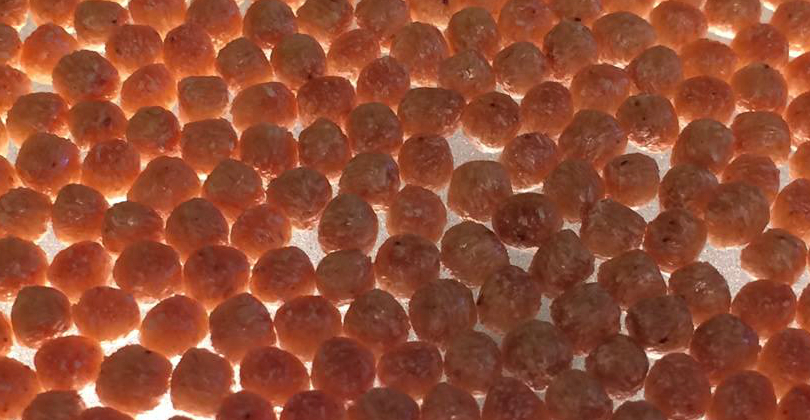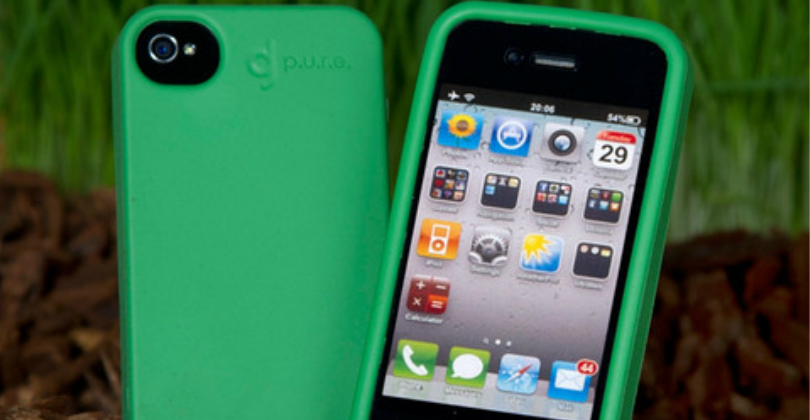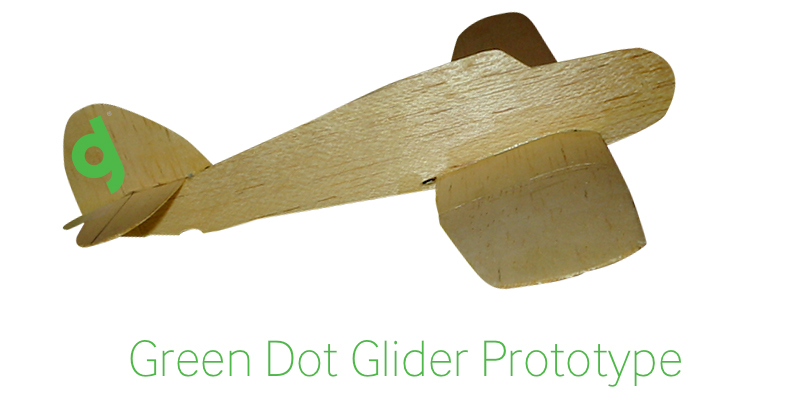At Green Dot, we understand that making plastic products more sustainable can mean different things to different people. A company’s sustainability goals and the value proposition of its products will vary. Some may want materials made from renewable feedstocks, others may seek to use reclaimed or recycled materials, while others may want to use materials that can be returned to nature when the useful life of a product has ended.

Everyone has a cause. For us at Green Dot, our cause is presenting consumers with smarter choices when it comes to the goods they buy. That’s why we were excited to partner with the platform that exists to connect people and causes, Global Citizen, at this past weekend’s 2015 Global Citizen Festival held in New York’s Central Park.
Read moreWe’ve discussed factors of wood-plastic composite that affect design, but what about during the processing phase of plastic production? Wood-plastic composites continue to stick to the theme of being relatively similar to traditional plastics in terms of processing, but again, there are a few things manufacturers should consider when using these remarkable materials.
Read moreDesigning and manufacturing from a wood-plastic composite is a remarkably similar process to working with traditional plastics. There are some additional variables, though, that designers and manufacturers should be aware of when material is being selected for a product. For manufacturers, understanding the effects of different ratios and tooling configurations on the process will help ensure a smooth project from start to finish.
Read moreCompared to traditional plastics, much of the manufacturing process remains the same when working with wood-plastic composites. But product designers should be aware of two key variables when setting off in a more sustainable direction with these biocomposites.
Read moreWhat product designers and plastics manufacturers need to know about working with wood-plastic composites. The material selection process usually begins with a new idea for a product, or an idea for improving on an existing product. The owner of that idea then sits down with a product designer to talk about
Read moreConsumers and retailers are seeking more sustainable products. But, while 78% of consumers say that they buy ‘green’ products, only 43% are willing to pay more.
Read moreGreen Dot’s Terratek WC wood-plastic composites can be foamed to create lightweight parts that retain strength and durability. The Terratek WC pellets can also be extruded to make WPC sheet. Now you can create products like this glider that are both light and strong, combining the timelessness and warmth of wood without sacrificing the toughness of plastic.
Read moreLiquid additives can add both functionality and differentiation to a product. Our Terratek® products are well-suited to adding liquids like essential oils, fragrances, attractants or repellents. The biobased materials absorb and retain liquids. Something not possible with petroleum-based plastics.
Read moreBiocomposites vs. traditional plastics
Just how much are traditional plastics costing us? Are biocomposites the answer?

BioInspiration Case Study
How Green Dot teamed up with an eco-inspired company to create a flexible filament for 3D printers from compostable raw materials.
Pearl Jam Case Study
Learn how Pearl Jam partnered with Green Dot to create a gift that's true to their fans and to the environment.
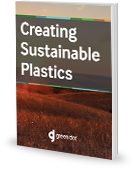
How to create more sustainable plastics
Learn how to meet growing demand for more sustainable products without compromising quality or cost.

The promise of wood-plastic composites
Learn how plastics combined with organic material are emerging as a sustainable alternative to traditional plastics.
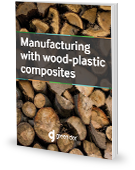
Working with wood-plastic composites
A guide for product designers and manufacturers working with sustainable biocomposites

Looking for an informative green design resource?
We write about eco-friendly design, trends in sustainable product development and news from the bioplastics industry.

